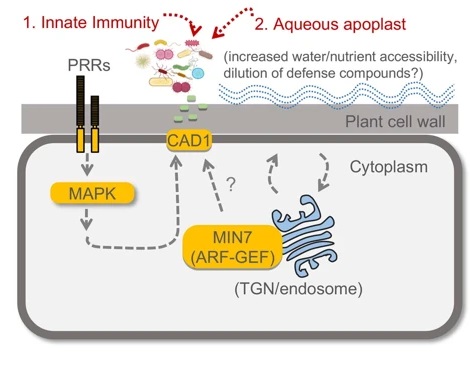
How plants keep their microbiota healthy (Nature)
Plant Science Research WeeklyThe large apoplastic intercellular space of plant leaves creates nutrient-rich niches for microbial colonization. To date, whether and how plants control the composition of leaf microbiota is poorly understood. Chen et al. reported that the Arabidopsis quadruple mutant (min7fls2efrcerk1 or mfec)…
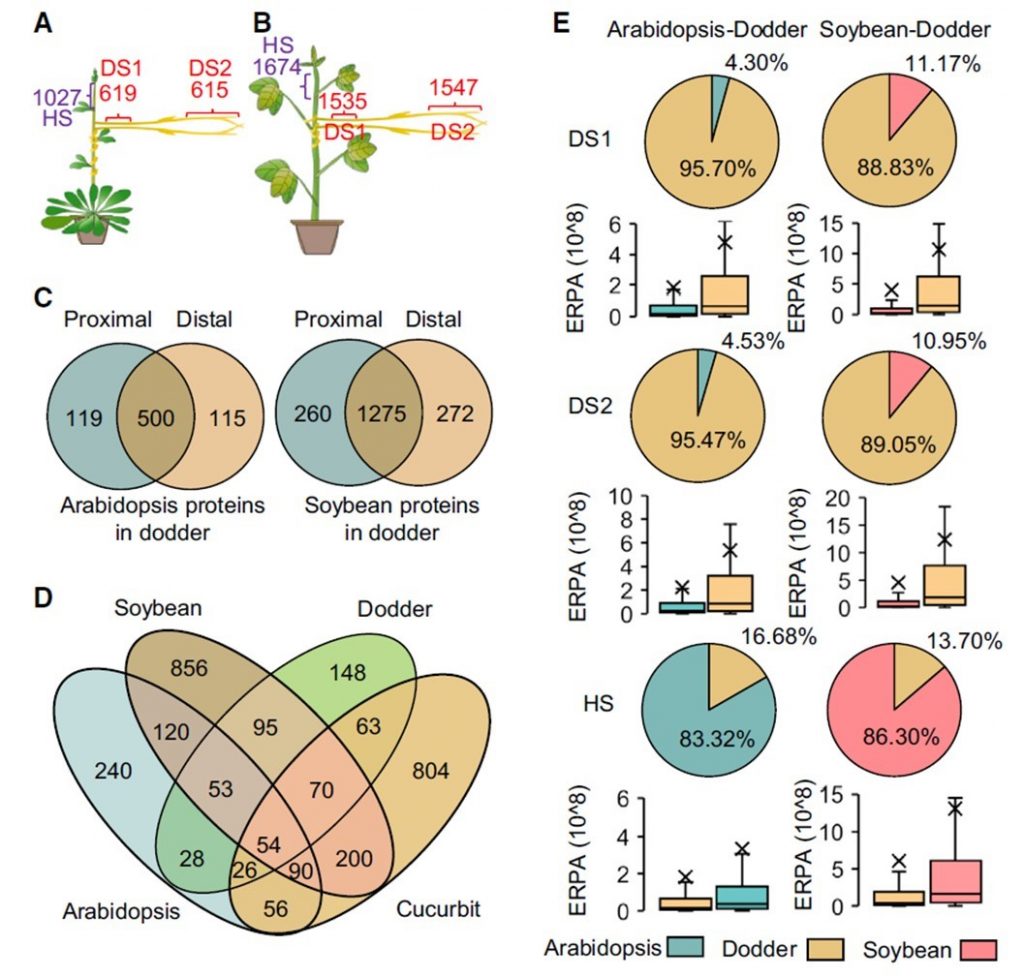
Extensive inter-plant protein transfer between Cuscuta parasites and their host plants (Mol. Plant)
Plant Science Research WeeklyCuscuta (dodders) are parasites that survive on other host plants.Liu et al. found more than 1500 proteins are transferred between Cucuta and host plants forming a sort of interplant chemical communication. Furthermore, proteins could move between two hosts that are connected by dodder bridges, and retain…
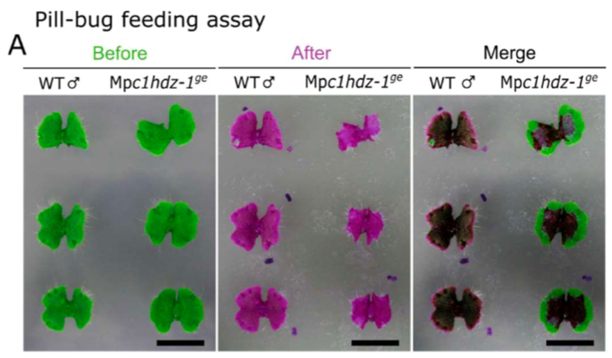
How Marchantia polymorpha avoids bug bites (bioRxiv)
Plant Science Research WeeklyPlants took hundreds of million years to evolve from aquatic to land environments. Biotic and abiotic stress adaptation contributed to the transition. In this preprint, Romani et al. elucidated functions of the transcription factor CLASS I HOMEODOMAIN LEUCINE-ZIPPER (C1HDZ) in the early land plant Marchantia…

Review: How mycorrhizal associations drive plant population and community biology ($) (Science)
Plant Science Research WeeklyGreat strides have been made in discovering the molecular players that allow plants and mycorrhizal fungi to establish their symbiosis. Here, Tedersoo et al. look beyond the single plant and address how these associations affect plant communities. Notably, they review the functions of the four evolutionarily…
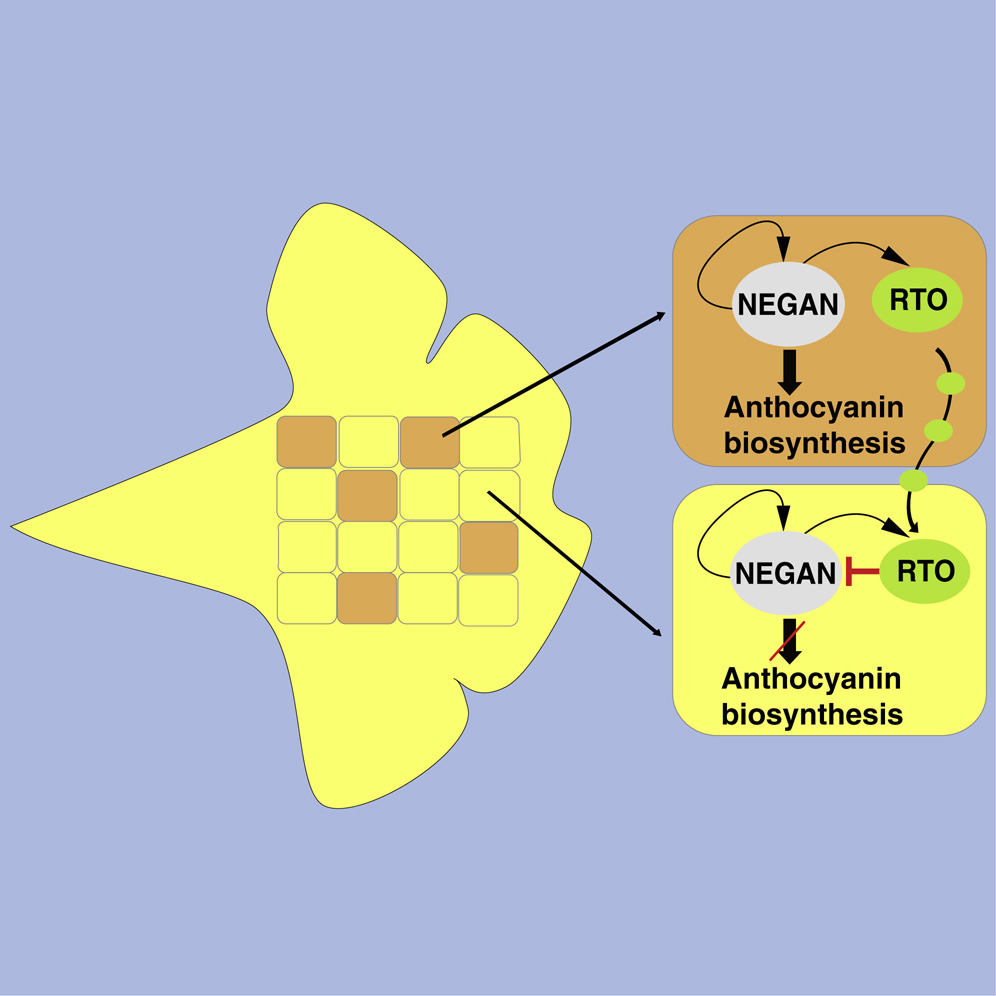
Two MYB proteins in a self-organizing activator-inhibitor system produce spotted pigmentation patterns (Curr. Biol.)
Plant Science Research WeeklyThe questions of how patterns are formed is one of the oldest in biology, and even considered by the famous mathematician Alan Turing, who proposed that reaction-diffusion (RD) models underly de novo pattern formation. Briefly, a reaction that takes place in one place sends a signal that leads to a different…
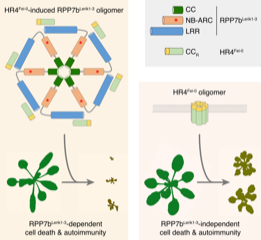
Hybrid autoimmunity and a plant resistosome complex ($) (Cell Host Microbe)
Plant Science Research WeeklyHybrid necrosis occurs when the progeny of a cross between two different plants show widespread cell death. It can be caused by autoactivation of nucleotide-binding and leucine rich repeat domain (NLR) proteins, intracellular immune receptors that play a central role in plant resistance to diverse pathogens.…
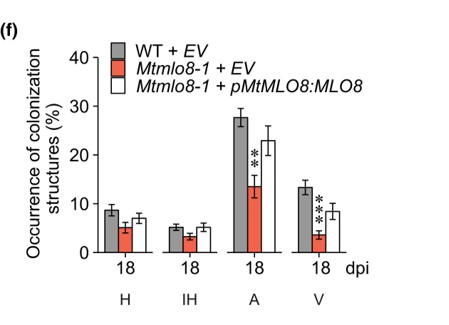
Mildew Locus O facilitates colonization by arbuscular mycorrhizal fungi in angiosperms (New Phytol.)
Plant Science Research WeeklyIn plants, disease resistance genes typically act in a dominant way – the presence of a resistance allele, even a single copy, is enough to confer resistance. The barley gene Mildew Resistance Locus O (MLO1) is different, as it acts in a recessive way; loss-of-function mlo1 plants are resistant to…
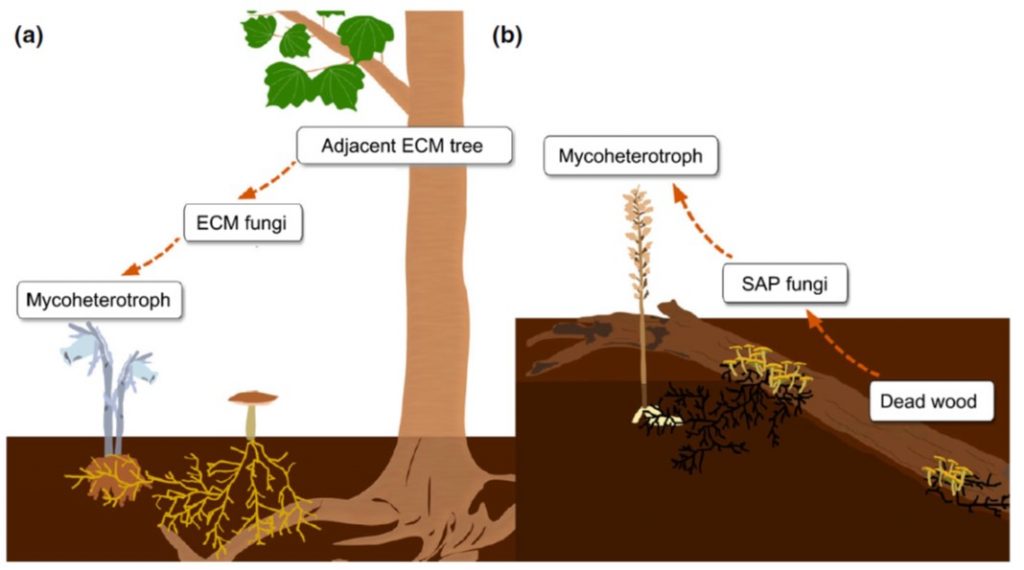
Some mycoheterotrophic orchids depend on carbon from deadwood: novel evidence from a radiocarbon approach (New Phytol.)
Plant Science Research WeeklyA mycoheterotrophic ("fungal-other-eating") plant takes carbon nutrients from a fungus, but as fungi are not themselves photosynthetic, the (ectomycorrhizal) fungus must get its carbon from somewhere, usually a plant. Thus the typical flow of carbon goes from autotrophic photosynthesizing plant to fungus…
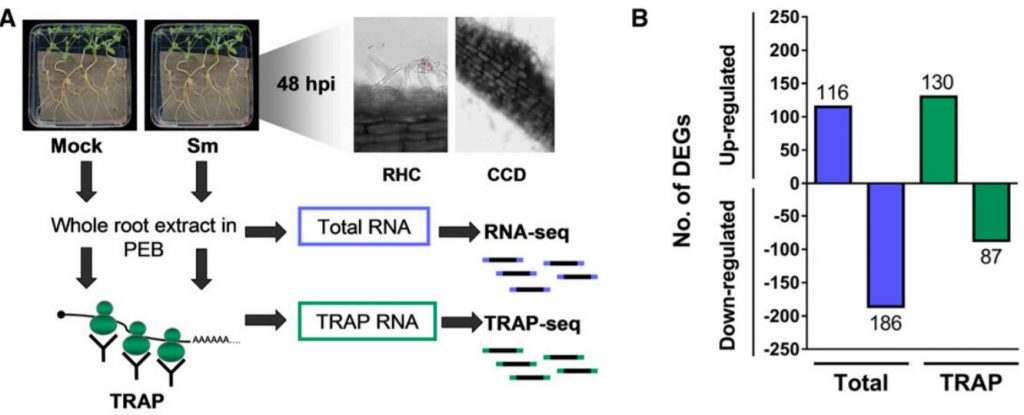
Reprogramming of root cells during nitrogen-fixing symbiosis involves dynamic polysome association of coding and noncoding RNAs ($) (Plant Cell)
Plant Science Research WeeklyThe symbiotic relationship between Rhizobium bacteria and leguminous plants like Medicago results in the development of secondary root organs called nodules. The bacteria housed in the nodule infection zone assimilate atmospheric nitrogen for plant growth. In this paper, Traubenik et al. used (RNA-seq)…

